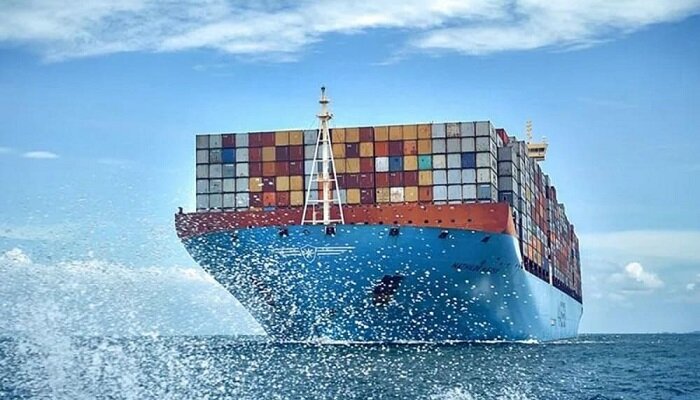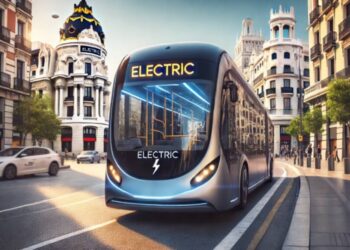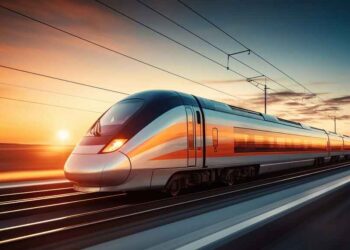Transport goes on to represent 27% of the EU’s GHG emissions. It is also the only major sector that has seen its emissions surge in the EU since 1990. Hence, decarbonizing the transport sector is therefore a priority as far as the EU is concerned.
The challenge
As per the EU’s research and innovation for climate neutrality by 2050 report, decarbonizing maritime along with inland waterways transport happens to be another significant issue as the shipping industry at present relies exclusively on fossil fuels. The main issue here happens to be associated with cost as well as the high energy density needed to cover long maritime distances.
Alternative fuels
Alternative fuels like biofuels, ammonia or hydrogen, synfuels, and carbon capture technologies at motor engine point sources go on to appear to be the most promising avenues when it comes to decarbonizing long distance maritime transport, while electric ferries as well as fuel cells could as well be the solution for short distance shipping.
Partnership between value chains
But to decarbonize the shipping sector, system-wide thinking happens to be required, and the three value chains that are central to steering the sector’s decarbonization must actually be involved. These include the fuel chain, the shipbuilding chain, as well as the operations chain.
Alternative energy as well as propulsion
As per the EU, key Research and Innovation- R & I interventions throughout these value chains have to be considered together.
R&I efforts that are linked to sail propulsion technologies, for example, the use of sails, rotors, and kites as an auxiliary propulsion source, must also be investigated, specifically as performance gains could very well be important but still happen to be uncertain, and these solutions need a rethink of the mode of navigation, such as modification of sail routes, reduction in speed, etc.
Ocean-based removal of carbon
As the EU goes on to note, the R&D funding when it comes to ocean-based carbon removals ought to develop further and evaluate the potentials as well as risks of currently immature methods like artificial up-and-down welling, ocean alkalinity enhancement- OAE, as well as micro-nutrient fertilization.
R&D, as a matter of fact is needed so as to ensure the feasibility of when it comes to more mature approaches such as mangroves, seagrass, and kelp farming through an apt implementation, monitoring technologies, and practices that track both carbon flows and ecosystem effects under realistic application scenarios, which include remote sensing.
It is well to be noted that transdisciplinary R&D can also help in resolving regulatory as well as public acceptance barriers, such as governance problems when it comes to the high seas as well as domestic law.


































